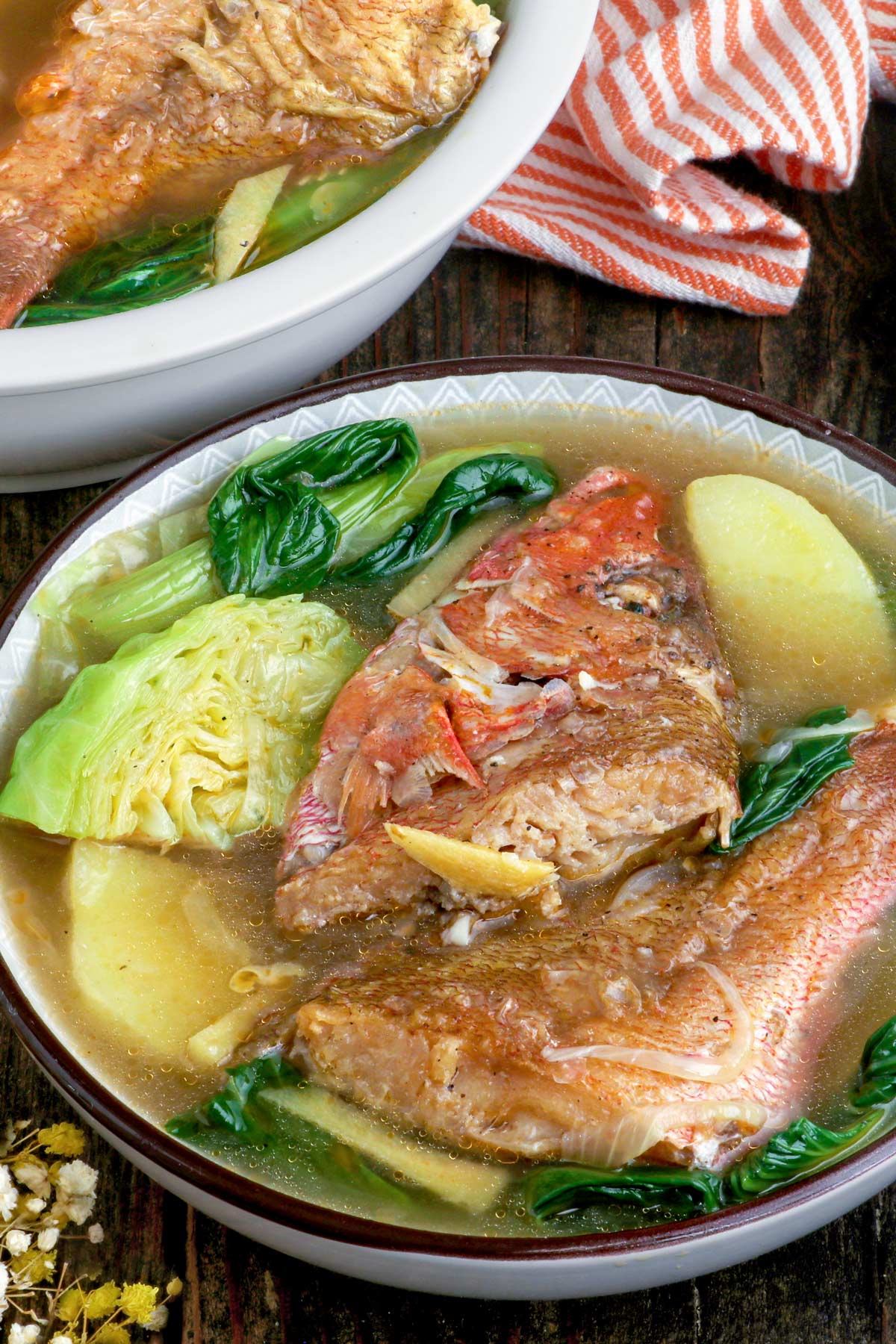From Rice Dishes to Snacks: The Ultimate Filipino Food Recipes.
Authentic Filipino Food Recipes to Attempt at Home
Discovering authentic Filipino food dishes offers a chance to value the detailed tastes and cultural relevance behind each dish. From the well-liked Adobo, with its savory marinade, to the zesty Sinigang that embodies the significance of Filipino convenience, these recipes invite a much deeper understanding of standard cooking methods. Making use of fresh, regional components is essential, as is accepting public eating-- a trademark of Filipino culture. As we think about the important aspects and strategies that specify these culinary prizes, one might question what specific dishes can really catch the heart of this vivid cuisine.
Popular Filipino Cuisines
Filipino cuisine flaunts a rich tapestry of flavors and traditions, with over a loads iconic meals that highlight the country's varied cultural impacts. Among the most well-known recipes is Adobo, a full-flavored stew typically made with poultry or pork, marinated in vinegar, soy sauce, garlic, and flavors. Its zesty taste account makes it a staple in Filipino families.
An additional cherished dish is Sinigang, a sour soup usually made with tamarind, tomatoes, and various veggies. This dish can include pork, shrimp, or fish, and its refreshing taste is ideal for warm climates. For those with a craving for sweets, Leche Flan-- a luscious caramel custard-- works as a prominent treat, showcasing the Filipino penchant for abundant, wonderful flavors.
Kare-Kare, a passionate oxtail stew with a thick peanut sauce, in addition to the famous lumpia, or springtime rolls, additionally exemplify the range found in Filipino cuisine. Each meal not only provides unique tastes but additionally narrates of regional components and historical impacts, making Filipino food a vivid representation of its society and heritage.
Necessary Ingredients for Filipino Cooking
The essence of Filipino cooking hinges on its essential active ingredients, which offer as the structure for the country's cherished recipes. A range of flavors and structures integrated, showcasing the diverse social influences that form Filipino food.
Key active ingredients include rice, the staple that accompanies nearly every dish, signifying nourishment and area. Soy sauce, vinegar, and fish sauce (patis) are critical for flavoring, imparting umami and depth to recipes. Fresh herbs like cilantro and basil include fragrant quality, while garlic, onion, and ginger provide a robust taste base.
Protein sources such as pork, hen, and fish and shellfish are main to several dishes, usually marinated to improve taste. Veggies like eggplant, bitter melon, and eco-friendly beans add necessary nutrients and equilibrium - Filipino food recipes. Coconut milk is another considerable ingredient, providing creaminess and a subtle sweetness to different stews and treats
Lastly, calamansi, a citrus fruit, offers a rejuvenating flavor that elevates dishes and drinks alike. With each other, these ingredients develop the vibrant and rich tapestry of tastes that specify Filipino cuisine, making it both calming and distinct. Recognizing these principles is essential for any person looking to reproduce genuine Filipino dishes at home.
Step-by-Step Recipe Guide

Beginning by preparing your active ingredients. For Adobo, chop the meat into consistent items and season it in soy sauce, vinegar, garlic, and bay leaves for at the very least half an hour. Next off, heat oil in a pan and sauté the garlic and onions up until great smelling, after that add the marinated meat, enabling it to brownish evenly.
For Sinigang, begin by boiling water in a pot and adding your choice of meat. As soon as tender, incorporate tamarind paste or fresh tamarind for that signature sour taste. Adhere to with vegetables like radish and kangkong, food preparation up until just tender.

Tips for Authentic Taste
Typically, achieving authentic taste in Filipino meals rests on the mindful choice and therapy of components. Begin with fresh, premium fruit and vegetables, as the vibrancy of vegetables and natural herbs substantially improves the meal's general preference. Staples like garlic, onions, and ginger form the aromatic foundation for many dishes; using them in proper proportions is important.
Choosing the ideal healthy protein is similarly important. For example, traditional adobo typically utilizes Website chicken or pork, marinaded to absorb the sauce's complete taste. Additionally, think about sourcing in your area generated or local active ingredients, as they can offer authenticity that store-bought choices lack.
Cooking strategies likewise play an essential function. Slow-cooking methods, such as braising or stewing, allow flavors to combine perfectly, while frying can add a satisfying texture. Don't neglect seasoning; using salt, fish sauce, or soy sauce at the appropriate minutes can boost a meal substantially.
Serving and Enjoying Filipino Food
Cooking experiences are improved when Filipino food is offered with focus to tradition and area. The practice of sharing meals is main to Filipino society, representing unity and hospitality. When serving Filipino recipes, consider making use of typical serveware, such as clay pots or bamboo baskets, which boost the credibility of the experience.
Generally, Filipino dishes are taken pleasure in family-style, with a range of recipes positioned at the facility of the table. This public technique motivates interaction and allows guests to example various flavors. A well-curated spread could consist of staples like adobo, sinigang, and lumpia, enhanced by rice, which is an essential element of every meal.
Accompanying the food with traditional spices, such as soy sauce, vinegar, or chili paste, can elevate the dining experience, welcoming diners to personalize their plates to their choices. In addition, integrating local drinks, like calamansi juice or tuba, can why not try this out boost the overall taste account.
Conclusion
